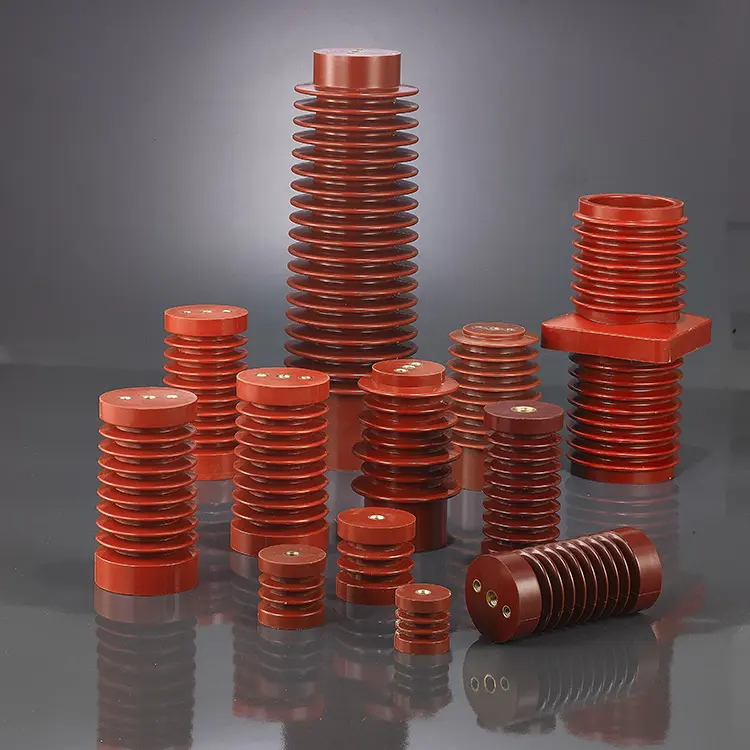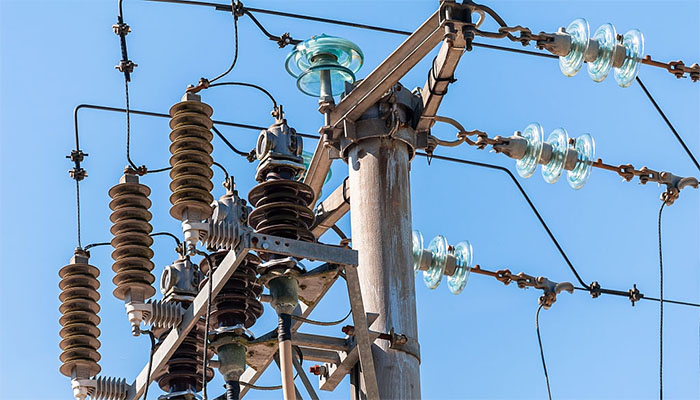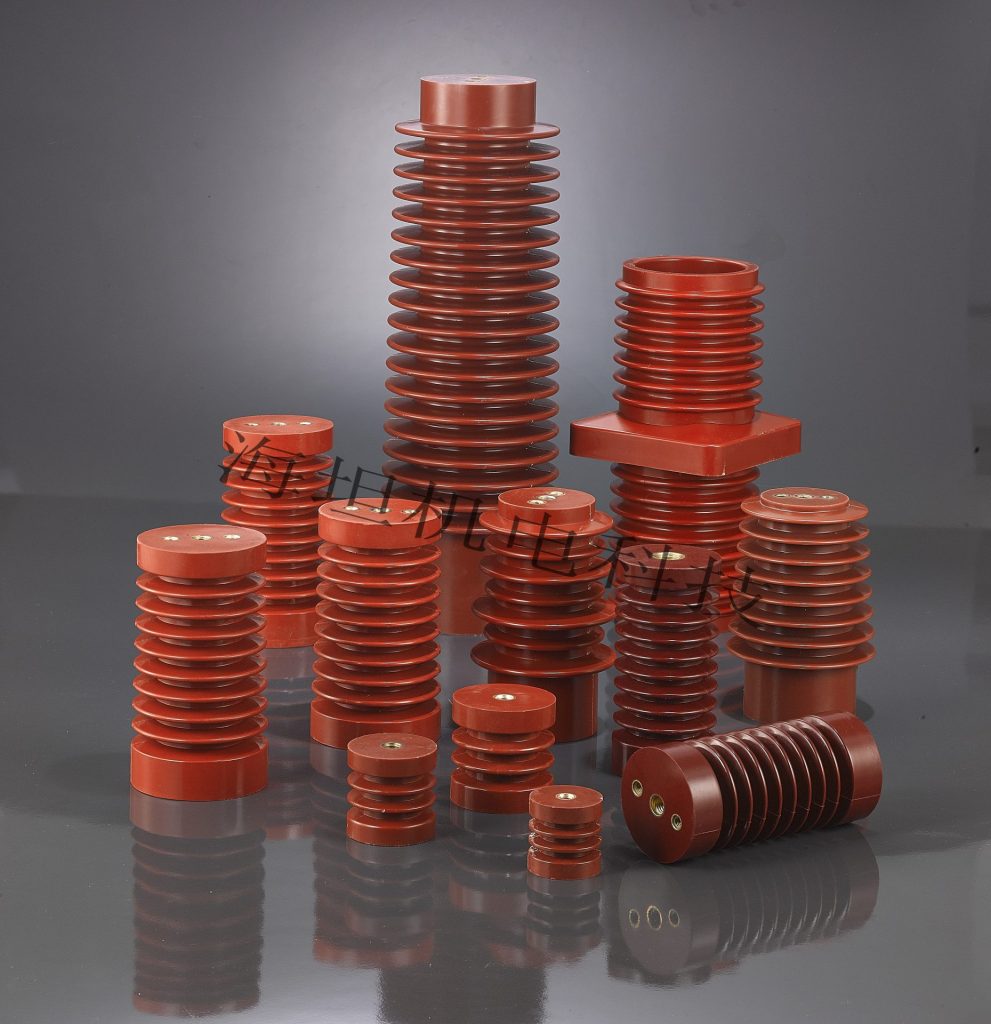Unveiling Mysteries of 33 KV Insulators – Electrical Networks
How To Identify The kv of Transmission Line?
Identifying the kilovoltage (kv) rating of a transmission line is crucial for ensuring the safe and efficient operation of the electrical system. One common method to determine the kv of a transmission line is by examining the insulators used. Different types of insulators are designed to withstand specific voltage levels, including 33 kv insulators such as 33kv post insulator, 33kv polymer disc insulator, and 33kv pin insulator.
The kilovoltage rating of a transmission line can typically be identified by inspecting the shape and size of the insulators installed on the poles or towers along the line. For instance, a 33 kv pin insulator is specifically designed to withstand voltages up to 33,000 volts.
These insulators are often made from high-quality materials such as porcelain or polymers to provide excellent electrical insulation properties. Additionally, 33kv polymer pin insulator specifications may include features like high mechanical strength and resistance to environmental factors.
Furthermore, determining the kv rating of a transmission line can also involve observing other components such as isolators and disc insulators. A 33 kv isolator, for example, is used in conjunction with insulators to provide switching and isolation functions within the electrical network.
Similarly, a 33 kv disc insulator is designed to support higher voltage levels compared to pin or post insulators. By examining these various components along the transmission line and understanding their specifications, one can accurately identify the kilovoltage capacity of the system in place.
In essence, recognizing and interpreting different types of insulators and related components along a transmission line provides valuable insights into its kilovoltage rating. Whether it’s analyzing the details of a 33kv polymer pin insulator price or understanding the technical specifications of a specific type of insulation device like a disc or post insulator, paying attention to these details is essential for maintaining a safe and reliable electrical infrastructure.

Why Pin Insulators Are Not Used Above 33 KV Insulators?
Pin insulators are commonly used in electricity transmission systems, particularly at lower voltage levels. However, when it comes to voltages above 33 kv, pin insulators are no longer preferred and are replaced by other types of insulators.
This shift is primarily due to the increased electrical stresses that come with higher voltages. Pin insulators have limitations in terms of their creepage distance and mechanical strength, which make them unsuitable for use above 33 kv.
At voltages exceeding 33 kv, the electric field strength along the surface of the insulator becomes significantly higher. Pin insulators have relatively shorter creepage distances compared to other types of insulators such as suspension or post insulators.
The limited creepage distance of pin insulators makes them susceptible to flashovers at higher voltages. This can lead to power outages, equipment damage, and pose safety risks to maintenance personnel and the public.
Another reason pin insulators are not used above 33 kv is their mechanical strength limitations. As voltage levels increase, so does the mechanical tension on the conductor due to heavier loads and wind-induced vibrations.
Pin insulators may not be able to withstand these increased mechanical stresses without risking failure or breakage. In contrast, post or suspension insulators offer better mechanical support and stability at higher voltage levels, making them more suitable for use beyond 33 kv in transmission lines.
What Size Is A 33 kv Pin Insulator?
A 33 kv pin insulator is a crucial component in electrical transmission systems, designed to withstand high voltage levels and provide reliable insulation support. These insulators are typically made of high-quality materials such as porcelain or composite materials, ensuring durability and resistance to environmental factors like moisture and pollution.
The size of a 33 kv pin insulator is determined by several factors, including the voltage rating, mechanical strength requirements, and installation specifications. In terms of physical dimensions, a standard 33 kv pin insulator typically measures around 300-400 mm in length and 150-200 mm in diameter.
The exact size may vary depending on the manufacturer and specific design requirements. It is essential for the insulator to have sufficient mechanical strength to support the weight of the conductors while also withstanding the electrical stress imposed by the high voltage levels present in the transmission system.
The design of a 33 kv pin insulator is critical to its performance and reliability. The insulator must be able to effectively distribute electrical stresses along its surface to prevent corona discharge or flashover events.
Manufacturers carefully engineer these insulators using advanced techniques and materials to ensure optimal performance under various operating conditions. Additionally, proper sizing and selection of pin insulators play a significant role in maintaining the integrity and efficiency of the overall transmission line system.

Which Insulator Is Used In 33kv?
In the realm of 33 kv transmission lines, selecting the appropriate insulator plays a critical role in ensuring effective and reliable power distribution. One commonly used insulator in 33 kv systems is the 33 kv polymer pin insulator. This type of insulator offers several advantages, including excellent electrical properties, high mechanical strength, and resistance to harsh environmental conditions.
The 33 kv polymer pin insulator is typically lightweight yet durable, making it a cost-effective and efficient choice for medium-voltage applications. Another widely employed insulator in 33 kv power lines is the 33 kv post insulator.
These insulators are designed to provide insulation and support for overhead conductors at various points along the transmission line. The construction of a 33 kv post insulator typically involves a robust ceramic or polymer material that can withstand high electrical stresses while maintaining structural integrity.
Additionally, these insulators are engineered to offer sufficient creepage distance to prevent electrical flashovers under wet or polluted conditions, ensuring uninterrupted power flow through the system. For specific applications requiring superior performance under challenging environmental conditions or where space constraints are a concern, the 33 kv disc insulator may be preferred.
These disc-shaped insulators are characterized by their compact design and excellent pollution performance, making them ideal for areas with high levels of contamination or salt spray. With precise engineering and quality materials, the 33 kv disc insulator provides reliable insulation for overhead power lines while minimizing maintenance requirements and enhancing overall system reliability.
What Is The Creepage Distance Of 33 kv Insulators?
The creepage distance of a 33kv insulator is a critical factor in ensuring the reliable performance and safety of the electrical transmission system. Creepage distance refers to the shortest path along the insulator surface between two conductive parts, such as the line conductor and ground.
In high-voltage applications like 33kv transmission lines, maintaining an adequate creepage distance is essential to prevent electrical flashovers and enhance the insulation level of the system. For a 33kv pin insulator, the creepage distance plays a crucial role in withstanding environmental factors such as pollution, moisture, and dust.
The design of the insulator must consider these external influences to minimize leakage current and surface tracking. Manufacturers carefully engineer 33kv pin insulators to have sufficient creepage distance based on factors like insulation material, geometry, and operating conditions.
This ensures that the insulator can effectively isolate the conductor from ground potential under normal operating voltages and transient overvoltages. When selecting a 33kv pin or post insulator for a specific application, engineers must carefully evaluate the required creepage distance based on factors such as pollution severity level, altitude, temperature variations, and other environmental conditions.
Insufficient creepage distance can lead to partial discharge or flashover events that compromise system reliability and safety. Therefore, understanding the importance of creepage distance in 33kv insulation systems is crucial for ensuring optimal performance and longevity of electrical transmission infrastructure.

Conclusion
The world of 33 kv insulators is a fascinating and crucial aspect of the electrical power transmission industry. These insulators play a vital role in ensuring the safe and reliable distribution of electricity across vast distances.
By understanding the intricacies of 33 kv insulators, engineers and technicians can make informed decisions to optimize performance and prevent power disruptions. The evolution of technology in the field of 33 kv insulators has led to significant advancements in materials and design, resulting in more efficient and durable products.
The emergence of innovative solutions such as 33 kv polymer pin insulator has revolutionized the industry, offering enhanced performance characteristics at competitive prices. As we look towards the future, continual research and development efforts will further drive progress in this sector, leading to even more sophisticated and reliable 33 kv insulator options.
Despite the technical complexities involved in selecting the right type of 33 kv isolator or disc insulator for specific applications, it is heartening to know that there are dedicated professionals working tirelessly to ensure that our electrical infrastructure remains robust and resilient. With a commitment to excellence and a focus on quality, the industry will continue to meet the growing demands for energy transmission with confidence and ingenuity.
--- END ---
© Copyright 2024 China Haitan Electromechanical Technology Co., Ltd. All rights reserved.SUPPORT BY:JUNJ Privacy Policy

 E-mail:
E-mail:  No. 20 Lingyun Road, Dongfeng
No. 20 Lingyun Road, Dongfeng 
